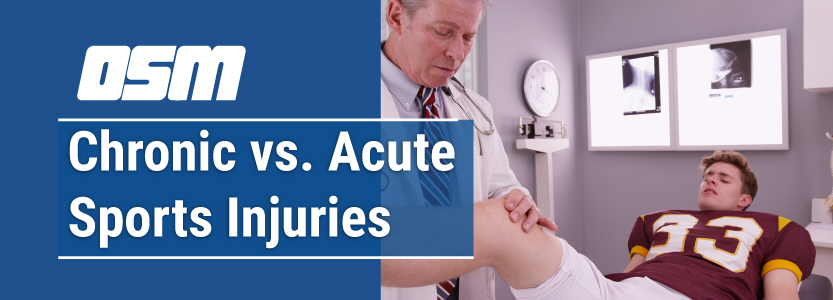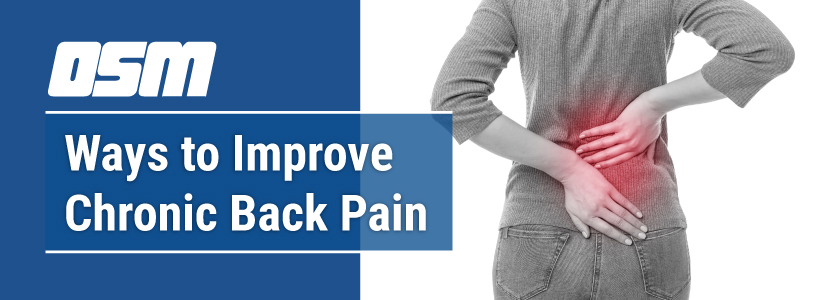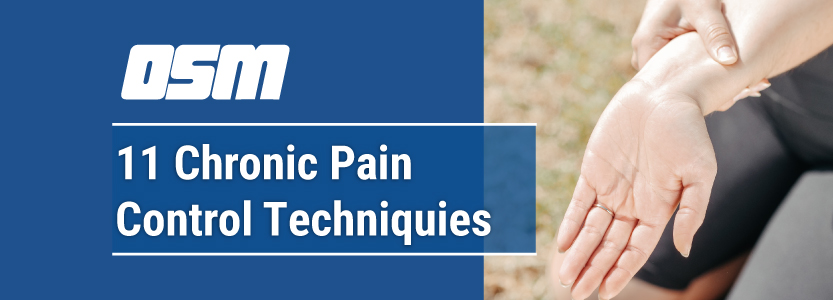Article featured on WebMD
With so many questions right now about the dangers of the coronavirus (COVID-19), you might be wondering how chronic pain might affect the immune system’s ability to fight off disease. Since COVID-19 surfaced a few months ago, we’ve learned that certain people are more susceptible to it than others. Some of the factors that seem to increase severity of the illness include age, smoking, gender, co-existing chronic medical problems, heart disease, hypertension, diabetes, and underlying lung problems from diseases like COPD. This has led to a general view that those with more compromised immunes systems are more likely to experience the worst coronavirus episodes and a higher mortality rate.
Both chronic pain and ongoing stress can impact immune function. According to past research done in laboratory mice at McGill University, chronic pain may reprogram the way genes work in the immune system. In fact, chronic pain seems to prompt changes in the way DNA is marked in special immune cells known as T cells. While it is unclear how much these changes affect the ability of these T cells to fight infection, there does appear to be a strong connection between chronic pain and DNA marker changes on these important infection fighters.
The experience of ongoing pain can certainly trigger a stress response, and if the pain remains chronic, this can lead to a state of long-term stress in the body. Think of the stress response as a combination of neurologic, endocrine, and immune system changes that come together to help the body ward off some type of perceived danger or threat. If the stress response persists, then levels of the hormone cortisol start to rise. Long-term elevations in cortisol levels are connected with a decline in immune system function. As an example, older caregivers have been found to have lower levels of immune cells like lymphocytes, slower wound-healing times, and are more susceptible to viral infections.
Patients with painful autoimmune disorders, like lupus or rheumatoid arthritis, who are treated with immunosuppressive medications, are also at a greater infection risk. By their very nature, immunosuppressive agents inhibit the body’s natural immune response.
Chronic pain can also be associated with other chronic diseases that also impact the effectiveness of the immune system. Factors related to pain like the stress response and prolonged inactivity can lead to changes in your body that elevate blood pressure and promote weight gain, which in turn become risk factors for developing heart disease, strokes, diabetes, and other chronic diseases. In fact, studies have found the incidence of cardiac disease to be significantly higher in those with chronic pain.To limit pain’s effect on your immune system, do what you can to decrease your body’s stress response. Consider calming down an over-anxious nervous system through simple relaxation techniques like breathing exercises, meditation, gentle yoga, or maybe learn special techniques from a psychologist or therapist. Other ways to lower stress include exercise, getting some fresh air, watching a funny movie, and just unplugging from your devices.
Also, don’t rely only on your immune system – take steps that will minimize your risk of exposure to the virus in the first place:
- Wash your hands – often – for at least 20 seconds with soap.
- Avoid touching your mouth, nose, and eyes.
- Clean and disinfect surfaces in your home and car.
- Practice social distancing. Stay at home as much as possible, away from public places and crowds.
And don’t forget to practice the practical steps that will keep your immune system working at its best: eat well, try to get plenty of sleep, and stay active.
The Orthopedic & Sports Medicine Center of Oregon is an award-winning, board-certified orthopedic group located in downtown Portland Oregon. We utilize both surgical and nonsurgical means to treat musculoskeletal trauma, spine diseases, sports injuries, degenerative diseases, infections, tumors and congenital disorders.
Our mission is to return our patients back to pain-free mobility and full strength as quickly and painlessly as possible using both surgical and non-surgical orthopedic procedures.
Our expert physicians provide leading-edge, comprehensive care in the diagnosis and treatment of orthopedic conditions, including total joint replacement and sports medicine. We apply the latest state-of-the-art techniques in order to return our patients to their active lifestyle.
If you’re looking for compassionate, expert orthopedic surgeons in Portland Oregon, contact OSM today.
Phone:
503-224-8399
Address
1515 NW 18th Ave, 3rd Floor
Portland, OR 97209
Hours
Monday–Friday
8:00am – 4:30pm






